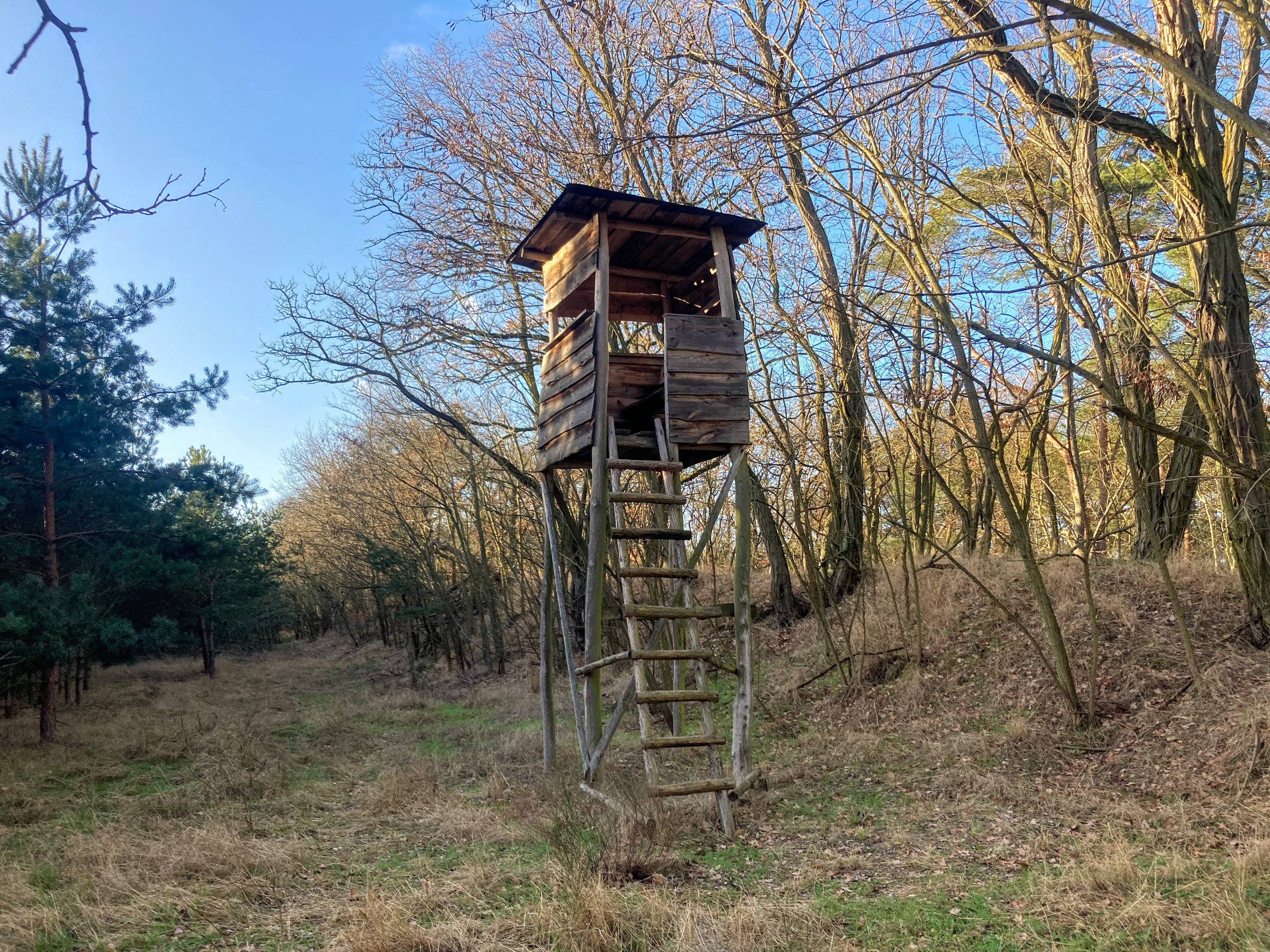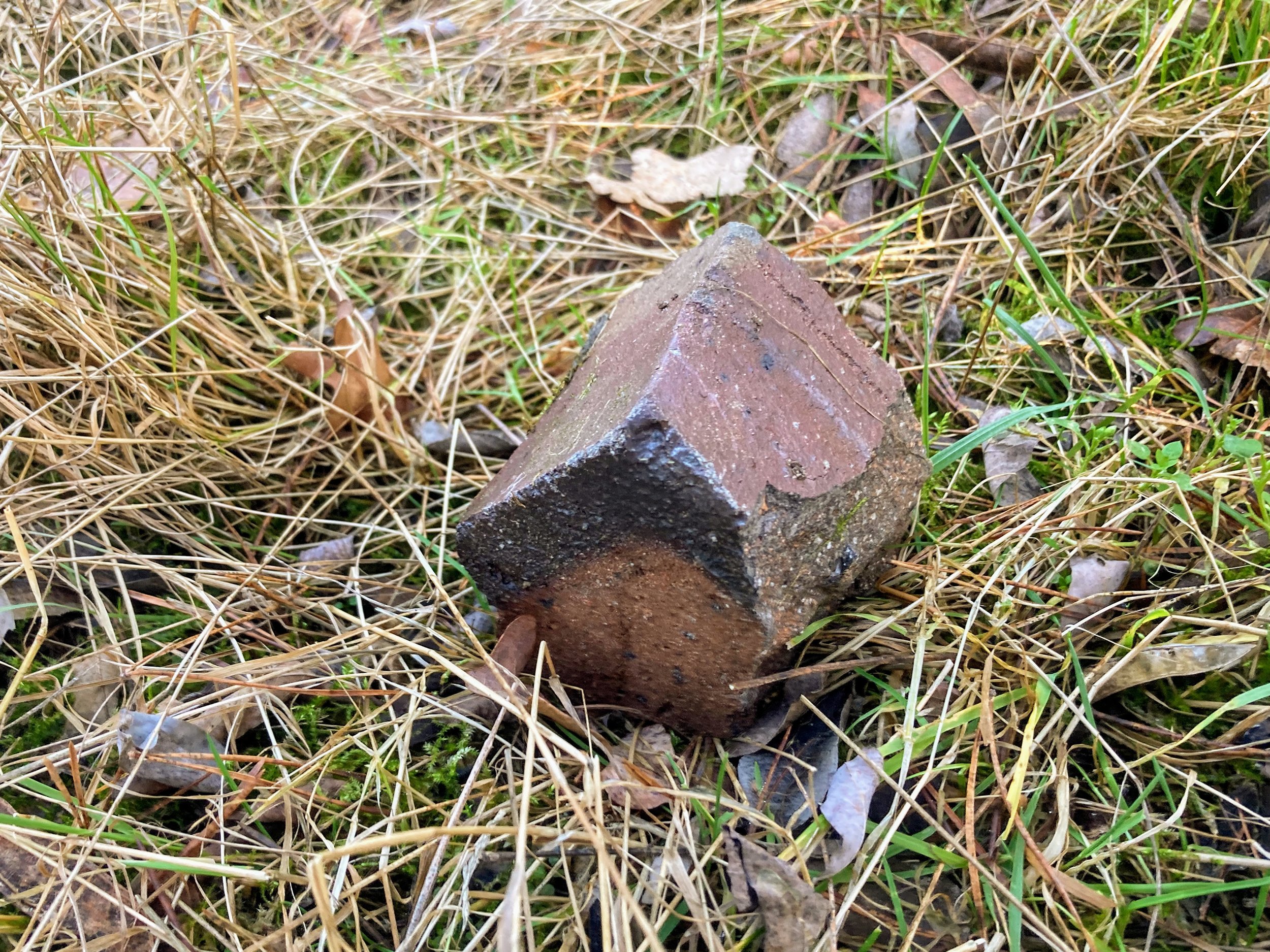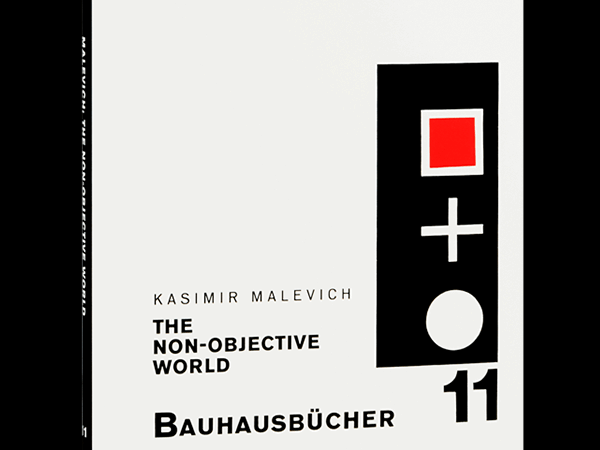THOUGH THERE ARE dozens of locations in greater Potsdam with “Berg” (literally “mountain”, though often applied to much more modest hills) in their names, the region is overwhelmingly rural, flat, and agrarian. Nonetheless, even among the sprawling corn and alfalfa fields and winding highways of Potsdam Nord, occasional clusters of hills reach high enough altitudes to be notable. The hills bounded by Mitschurin/Potsdamer Straße to the north and the municipality of Golm to the south are one such example: criss-crossed by winding paths and rough logging roads, they include a number of strange and mostly abandoned architectural features such as a small “historic cemetery” and a disused waterworks.

The “earth wall” that defines the southern edge of the former shooting range.
At the western section of this small range, near a peak called Zachelsberg, the landscape begins to take on a strangely man-made feel. Long, straight earth “walls” rise from the ground and extend hundreds of meters, enclosing an unnaturally flat space that, but for the hundreds of young trees planted in even rows across its surface, would feel not unlike a sports field. It’s only when one stumbles – perhaps literally – across additional half-buried structures and equipment that the true former nature of the “field” reveals itself: Zachelsberg was a shooting range built during the Nazi era for Wehrmacht troops to practice their shooting, either from a standard above-ground position or from one of two sunken machine-gun nests. The earth walls on both sides not only defined the range’s shape, they also served to absorb both noise and stray bullets.

The nests – which are perhaps better described as “mini-bunkers” or shelters (“Unterständen” in German) – are easy to miss even from close by, and only visible when standing directly in front of their openings. Despite their age, they are remarkably well-preserved (if incredibly claustrophobic) inside, with minimal wear, graffiti, and garbage compared to other similar structures. They seem to consist of a smaller “solo” shelter and larger, perhaps two-person one, and both open onto the long, flat straightaway of the former shooting track.



Several former targets propped up via bent, welded-on metal pipes can be found throughout the area.


The outer opening of the smaller machine-gun nest.

The claustrophobia-inducing interior of the smaller nest.
According to the book Bergführer Potsdam, after WWII the land was used by the Stasi (though whether as a shooting range or for some other purpose is unknown). In the years since reunification it has been replanted with hundreds of coniferous trees, which in their even, straight-line spacing and uncannily identical heights resemble a tree farm. “Uncanny” is probably the best descriptor for the overall feel of the place, with its unattended vegetation and unmaintained terrain that nonetheless still show signs of half-buried human influence.

Zachelberg contains an interesting mixture of rubble, likely from both former onsite structures and debris dumped to shore up the man-made earth walls.








